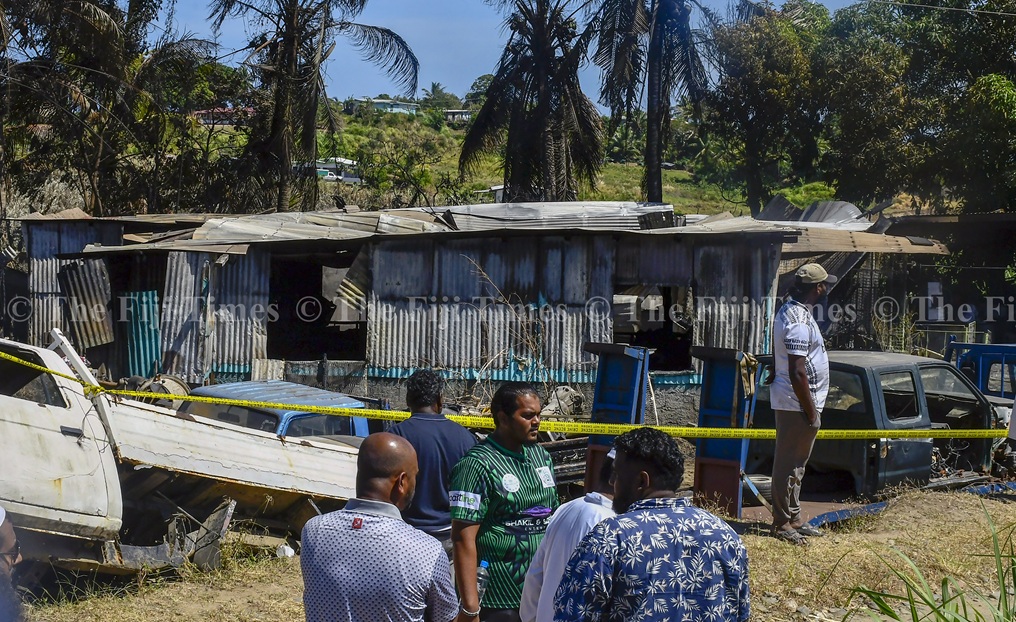The fire in Meigunyah, Nadi, which claimed three lives, has brought into focus a dilemma confronting many Fijian families.
How do we protect our homes from crime without compromising our safety in emergencies?
National Fire Authority chief executive officer Puamau Sowane issued a strong and timely reminder following the tragedy.
While burglar grills are important for preventing theft, they can also become deadly barriers if they are not designed for quick and easy escape during a fire.
His call for homeowners to install burglar bars that can be opened easily from the inside deserves consideration by every household.
According to the NFA, the fire was suspected to have been fuelled by a combination of solid, liquid, and gas materials stored within a fuel room. The flames burned intensely, producing thick smoke and high thermal heat that made visibility and movement impossible. The secure burglar grills, meant to safeguard the family, became the very reason they could not escape.
This tragedy raises a painful reality.
In our effort to shield our families from crime, we may be creating traps that make survival impossible in emergencies.
So we are looking at a scenario where there is a delicate and often difficult balance between keeping intruders out and ensuring loved ones can get out quickly when disaster strikes.
Let’s face it. The fear of burglary is real. Many Fijians have experienced break-ins or know someone who has. Families invest years of hard work into their homes, and the rising reports of property crime have driven many to take extra precautions. They are installing steel bars, locks, alarms, and cameras.
Yet, as the Meigunyah incident reminds us, security must not come at the expense of safety.
So, we must now think differently about home protection. Burglar grills are necessary, but they must be designed intelligently, with internal release mechanisms that are simple enough for any occupant, including children or the elderly, to use in a hurry. It is also vital to install smoke alarms, plan escape routes, and ensure that family members know what to do in the event of a fire.
At the same time, this conversation must extend beyond individual homes.
We say, a truly safe community is not one that hides behind bars, but one built on vigilance, cooperation, and trust.
When communities are engaged, when neighbours look out for one another, when streets are well lit, and when there is a visible and responsive police presence, the need for excessive fortification lessens.
Effective community policing and stronger partnerships between residents and law enforcement are key. The police cannot be everywhere, but they can do much to restore public confidence by being accessible, proactive, and engaged. We say residents must also be willing to share information, report suspicious behaviour, and support crime prevention efforts.
Mr Sowane also raised another important issue, the increasing occurrence of cane field fires in the Western Division. He warned that such fires can escalate rapidly under dry and windy conditions.
We must take ownership of our safety, at home and within our communities.
As we mourn the lives lost in Nadi, we also take heed of the lessons learned. Security and safety must go hand in hand.



